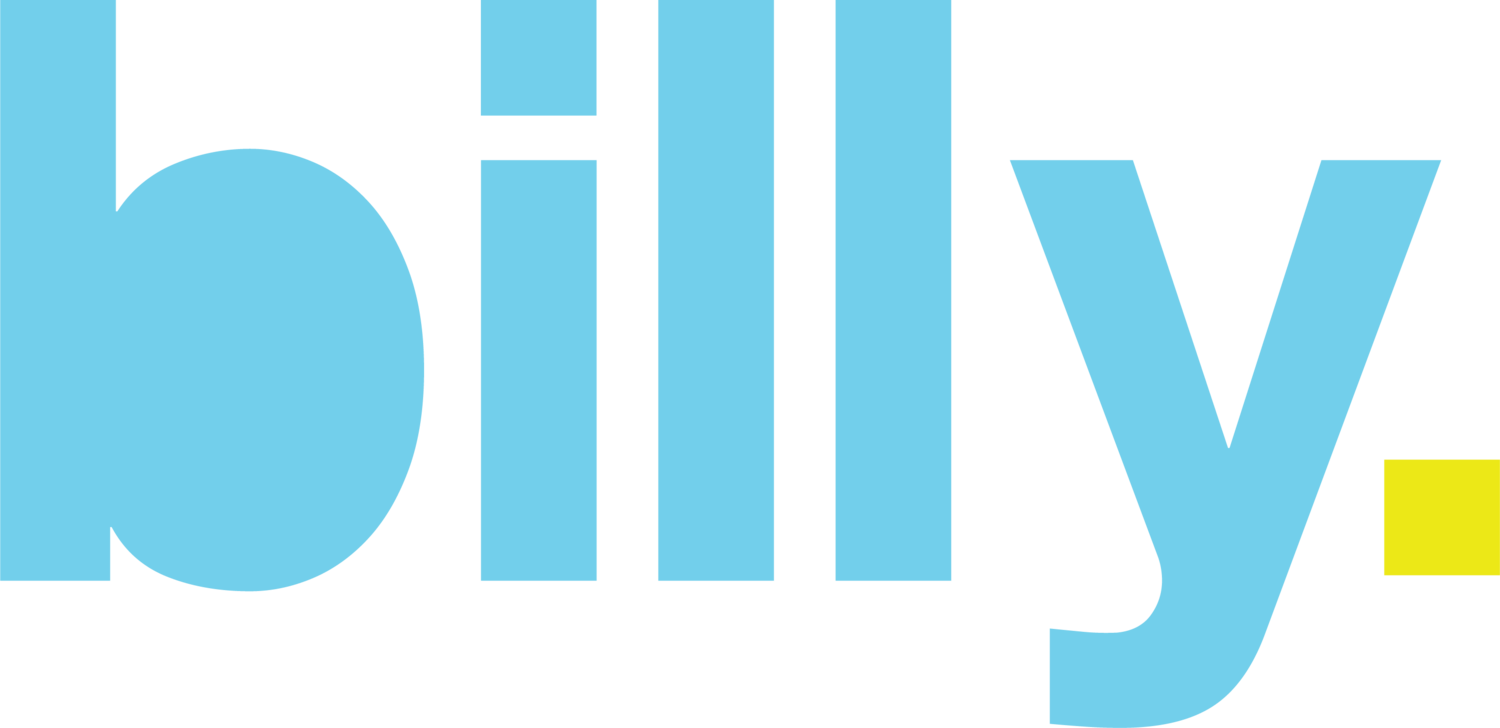Ideation, innovation and creativity, all closely intertwined, all highly subjective, and all without a guarantee of success. Yet at the end of 2015, 79 per cent of senior business leaders ranked innovation as among the top three priorities at their company, the highest percentage since Boston Consulting Group began asking that question 10 years ago.
So how do marketers maximise their efforts around ideation, innovation and creativity? How do they give themselves the best chance of success?
The 1990s celebrated the theory that two heads are better than one, three heads are better than two, and so forth. This led to the brainstorming phenomenon: put a bunch of your team in a room, facilitated or not facilitated, and great ideas will emerge. Edward De Bono developed a more structured version of this: his brainstormers wore different coloured hats. “Don’t be a black hat” entered the vernacular, and business scrambled to adopt the system.
As we entered the 2000s, two other theories and practices gathered momentum. The first was popularised by Stanford University alumni, and is called design thinking. It’s solution-focused thinking based on a goal, not a problem. An iterative process, deliberately looking for alternative points of view before honing them down. IDEO is the most well-known consulting firm using this method.
The second idea looks back 500 years to the Renaissance, and is called the Medici Effect. It’s what happened when the Medici family brought incredibly diverse thinkers into their house to work or simply to share dinner. Names such as Da Vinci, Michelangelo, Donatello, Botticelli and Galileo Galilei; artists, scientists, bankers, philosophers, lawyers and politicians. A meeting of diverse cultures, educations, experiences, skills, concepts and work disciplines. It was like that dinner party that was unexpectedly memorable because you met three new interesting people. The conversation bounced with excitement, building on the thoughts of others and discovering new ideas. That’s the Medici Effect.
Sports coaches are using it to great effect. The head coach of a football team no longer surrounds themselves with like-minded assistant coaches. They want five assistant coaches who are going to give them five different ideas in the coaches’ box at a crucial moment in the game. Five people who have five different perspectives. One who’s looking at the problem from the forwards’ point of view, one from the defence’s, one from a similar scenario in a previous game, one that’s never been tried before, one stolen from a completely different sport that they’ve been involved with. That’s the power of diversity in ideation.
How does it apply in marketing and communications? For a mass brand such as Pepsi, if 23 per cent of Australia’s population doesn’t speak English as a first language, who’s providing their perspective? Half the population is male and half is female, so who’s covering both points of view? Twenty per cent are under 18, and 15 per cent are over 65. Three per cent are gay. You get the picture. As Brad Jakeman, one of Australia’s most successful marketers and now president of Global Beverages at Pepsi, said at a recent conference: “I am sick and tired as a client of sitting in agency meetings with a whole bunch of white straight males talking to me about how we are going to sell our brands that are bought 85 per cent by women. Innovation and disruption does not come from homogeneous groups of people.”
This was backed up by another leading Australian marketer, Citibank’s global head of social, content and digital marketing, Linda Duncombe, who said in CMO Magazine recently: “You need your team to reflect your customer base in terms of age, usage, demographics and more.”
The Medici Effect was first coined by Frans Johansson in 2004. He believes the Medici Effect is “what happens when people from different backgrounds interact to unleash new ideas, new innovations and new and creative approaches … and is the single best way to create market share, profit margin and cost savings”.
The need for diversity within marketing teams, communications agencies, company leadership and boards is not a politically correct cause; it’s common sense and good business if you want great ideation, innovation and creativity. The statistics back it up. ASX500 companies with women directors deliver a 6.7 per cent higher return on equity than those without women on their boards.
A recent PWC report notes that “almost four in every 10 CEOs in Australia are making changes to their diversity and inclusion strategy in order to attract and keep the talent they need to remain relevant and competitive”. That leaves 60 per cent who aren’t. And if they continue to ignore the power of diverse thinking, they will also continue to fall well behind their competitors.

